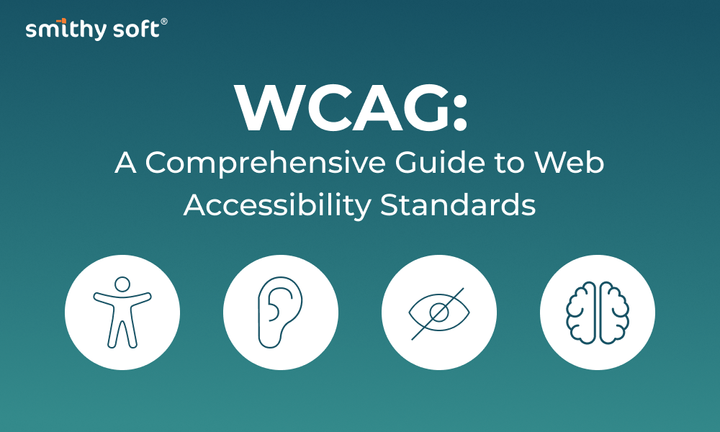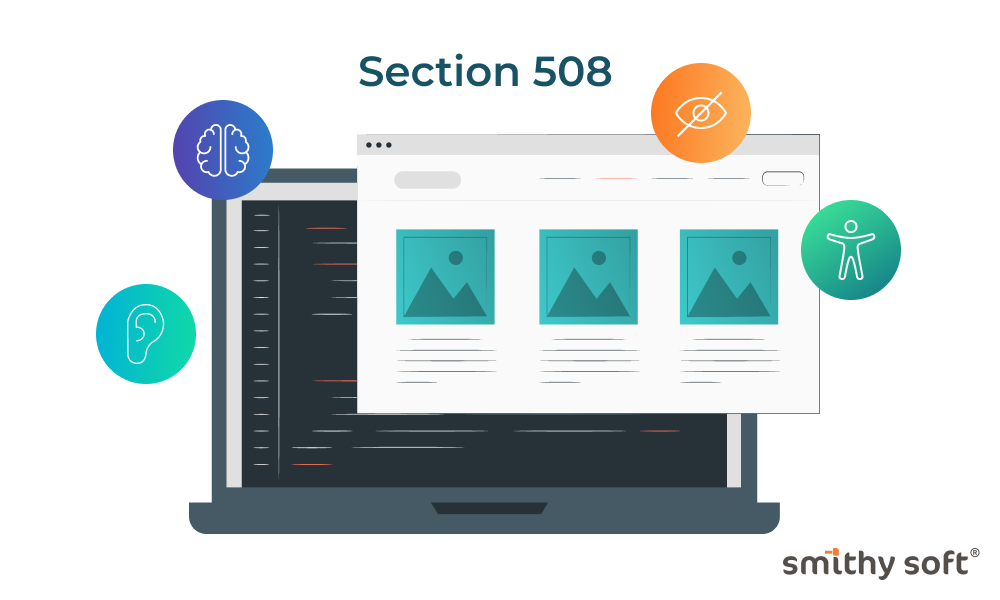Product Discovery is a process you can’t do without

You can either create a product properly or create the proper product. Can you tell the difference? In other words, what will be more important for your customers: the way you developed a product, or the specific, right, important, and useful product itself? Of course, the latter. The Product Discovery process is all about finding the optimal alignment between your product and its users.
What is product discovery?
It is the process of identifying the user’s needs (or pain points) and testing to find the right solution. This process can be divided into two main parts: research and validation. The Product Research phase focuses on the existing problem, while the Product Validation phase focuses on the solution to the problem.
So, Product Discovery is the initial stage of product development, where you find out what users need and decide what product or feature to create to meet those needs.
The Product Discovery stage also includes the development of a prototype for testing, which results in the development of a usable product.
Why do it?
Have you ever wondered why some products succeed in the market and others fail? Because the success of a product implies that it is needed, relevant, and helpful to consumers. The approach that helps create products that meet the needs of users is called product discovery.
Having an attractive idea is not enough for a successful business. We have already written about the specifics of the Ideation process. But once you’ve decided on an idea, the next step is to research and analyze the market to determine if your product idea is viable and needed. At this stage, the goal is to study the idea and see if there is a way to implement it given the resources available, how well it works with the user, and sometimes how well the idea fits the market.
Product Discovery will help you understand:
- the value of your product;
- your and your customer’s needs;
- the target market and the main players in it;
- how your product differs from competitors.
It will also help you avoid the following mistakes:
- creating features that no one needs;
- poor interaction with users, creating products that disappoint them;
- wasting time and money on features that are not viable;
- missed opportunities.
Stages of Product Discovery
1. Get to know your users and understand their needs
When you start the product discovery phase, your first task is to immerse yourself in your user’s world. This stage aims to gather as much information as possible about your users’ needs and pain points until clear patterns emerge.
Successful product discovery is customer-centered. “The less frequently teams speak to users, the less effective they are and the fewer chances they have to improve their research practices.” – Tim Herbig, Product Management Coach & Consultant.
Communication can take any form:
- Surveys, Interviews, and Customer Feedback: Use a variety of surveys, such as in-app surveys, email surveys, passive feedback forms, or feature request widgets.
- Product analytics: Check product analytics to gain insight into user behavior and identify problem areas. You can also use brand management software to get better insights.
- Focus groups: Gather a small group of users for a focused discussion
- Social media monitoring: Monitor social media channels for mentions of your products or industry. Communicate with users, solve problems, and collect feedback.
- Use various AI tools to increase the efficiency of the process.
2. Identify the problem
Once you’ve collected enough customer feedback, you can move on to the next step. From all the feedback, you need to identify certain recurring patterns, especially when combined with product analytics.
This feedback analysis should allow your product team to form hypotheses – the basis for future decisions. Hypotheses about what your product will address should be clear, concise, and to the point.
Defining the problem you will solve is a critical part of the product discovery process. You need to be sure that you understand the user’s problems, but at the same time do so following your product vision and strategy.
3. Look for solutions
Now that you have identified a problem, you can move on to finding the best way to solve it. This is where you will find it practical to familiarize yourself with the most effective tools and techniques that can be used in a group of people to stimulate idea generation – we wrote about this here.
Once you have filled your “idea bank,” you should filter them by checking their potential impact and feasibility. This will help you prioritize ideas that can be developed into prototypes and tested.
Here’s what you need to check when filtering ideas:
- Do they align with the product vision and business goals?
- Do they meet the needs of your target users?
- Are your stakeholders or customers demanding something similar?
- Is your team passionate about it?
4. Prototyping
This is where you create a working model of your product – a prototype, also called a minimum viable product (MVP). Read more about how to do this here.
The prototype can be as simple or complex as you want, but it should be functional enough to demonstrate the basic features of your product. This stage is important because it allows you to test and improve your product before investing too much time and money. The prototype development process is accompanied by regular testing.
5. Test the prototype
Final prototype testing helps you validate your solutions and determine if they can solve your customers’ problems. At this stage, you need to collect user feedback carefully. Based on this, you can make changes and improvements until you are fully satisfied.
Ensure the development team frequently tests the product. Releasing an untested product is not an option. Conduct experiments: the most successful MVPs are those validated by actual users. This will reveal if the product addresses their real issues and outperforms alternatives (e.g., in cost or speed).
Gather and analyze feedback: utilize surveys, and user interviews, and observe usage patterns. Look for recurring issues, user frustrations, and areas for refinements. Use these insights to prioritize what needs fixing, what new features to add, and what necessary improvements. Be ready for ongoing enhancement and fine-tuning.
Continuous product discovery
Ideally, product discovery should not be considered a one-time step in your product development process. Instead, information related to the research phase should be collected throughout the product’s lifecycle and continuously shape product improvements, adaptations, and enhancements based on customer requests.
This necessity is especially evident in the case of digital products. Because they are never completely finalized or perfect, undergo numerous modifications, and constantly evolve. For example, Facebook started as a social media site and grew into Meta, an integrated social media, augmented reality, and virtual reality platform.
Continuous product discovery can help you overcome the uncertainty of the future, changing behaviors, competitor strategies, and an ever-evolving technology landscape.
To start continuous product discovery, you need to:
- create a user research plan (define research objectives, target audience, and preferred survey methodologies);
- integrate user research into your workflow: schedule regular user research sessions throughout the product development life cycle;
- collect and analyze user data using feedback tools, feedback buttons, website analytics, and in-app data;
- communicate and collaborate: share user research information with stakeholders and foster collaboration across teams in your firm.
BOTTOM LINE
Product discovery is designed to protect you from making costly mistakes because of your untested assumptions. “Product discovery is important because it’s too easy to build the wrong thing which your ego thought was the right thing.” – Marc Davies, Product Lead at Oliva.
Product discovery is an iterative process that requires creativity, critical thinking, and a willingness to change when necessary. Use our tips and start your exciting Product Discovery journey with SmithySoft!
We are rooting for you. We are ready to help. We have all the knowledge and tools you need to be useful and effective. Contact Us!


